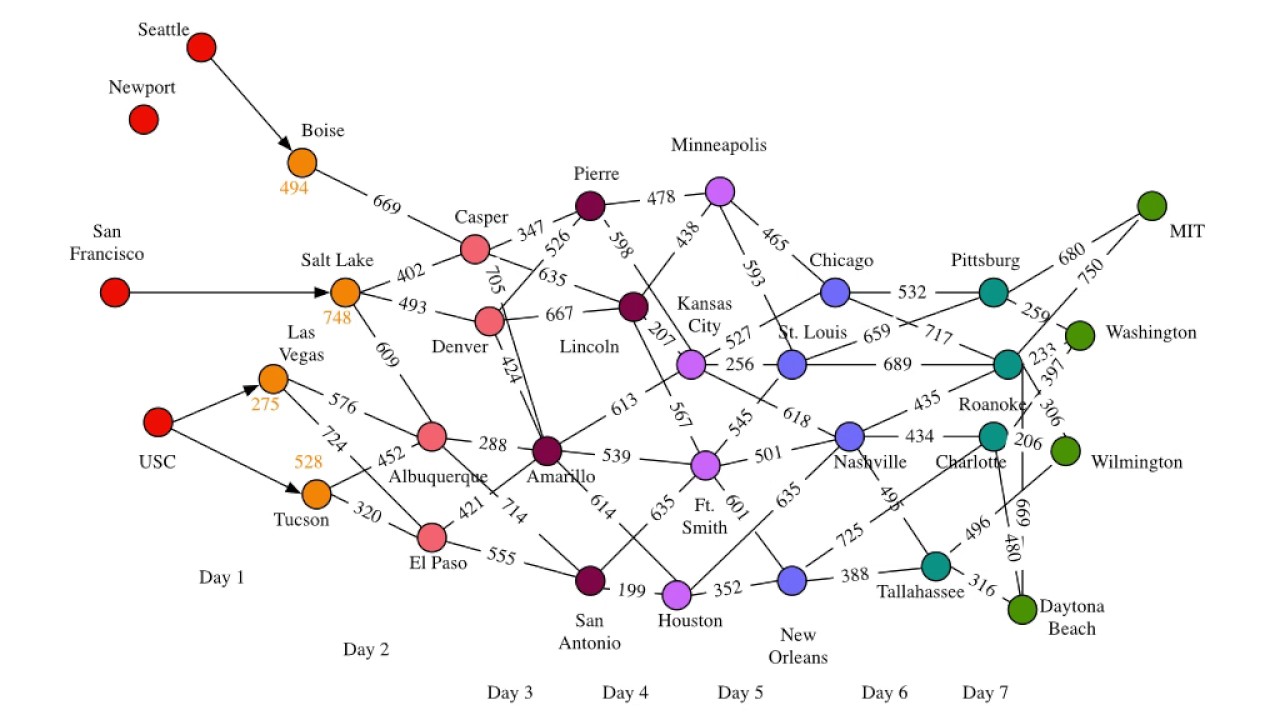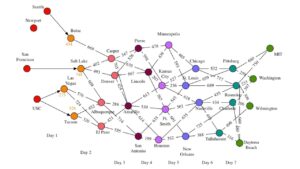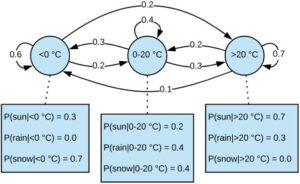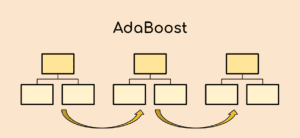A Brief History: Who Developed It?
The Viterbi Algorithm was introduced by Andrew Viterbi in 1967 to decode convolutional codes in communication systems. Its efficiency and reliability have since made it a cornerstone in fields like speech recognition, bioinformatics, and natural language processing.
What Is the Viterbi Algorithm?
The Viterbi Algorithm is a dynamic programming technique used to determine the most probable sequence of hidden states in a Hidden Markov Model (HMM) based on observed data.
Imagine traversing a dense forest with a map. The algorithm updates your most likely path step-by-step, ensuring you stay on course.

Why Is It Being Used? What Challenges Are Being Addressed?
Purpose: The algorithm identifies the most probable sequence of events based on incomplete or noisy data.
Challenges Addressed:
- Resolving ambiguity in sequential data.
- Processing large datasets efficiently.
- Enhancing real-time predictions in systems like speech-to-text.
How It Is Being Used
The Viterbi Algorithm is applied through these steps:
- Input data (e.g., sounds, DNA sequences, or text).
- Compute probabilities for all paths using a trellis diagram.
- Identify the most likely sequence based on maximum probability.
Different Types
- Segmental Viterbi Algorithm: Groups sequences for tasks like phoneme recognition.
- Parallel Viterbi Algorithm: Optimized for large-scale datasets.
Different Features
- Accuracy: Ensures precise identification of the most likely sequences.
- Efficiency: Reduces computational demands.
- Versatility: Adapts to fields like linguistics and bioinformatics.
Software and Tools
- HMMlearn: Python library for HMM applications.
- TensorFlow and PyTorch: Frameworks for machine learning models.
- MATLAB: Comprehensive HMM functions for researchers.
Industry Applications in Australian Government Agencies
- Healthcare: Identifying disease progression through genomic sequencing.
- Transportation: Enhancing traffic routing in urban areas.
- Environment: Tracking wildlife migration patterns.
How interested are you in uncovering even more about this topic? Our next article dives deeper into [insert next topic], unravelling insights you won’t want to miss. Stay curious and take the next step with us!








